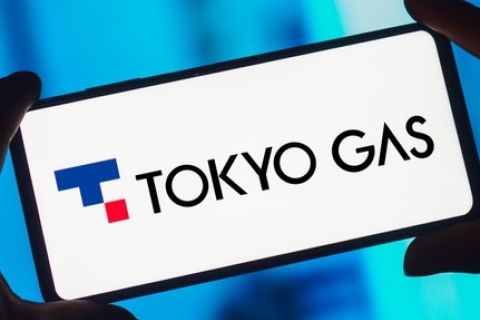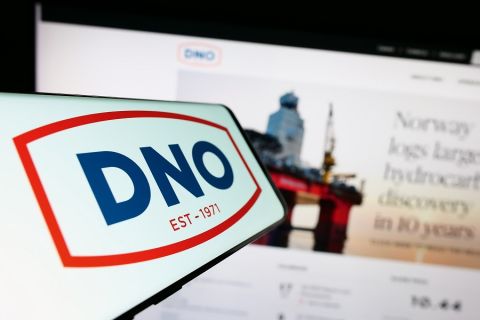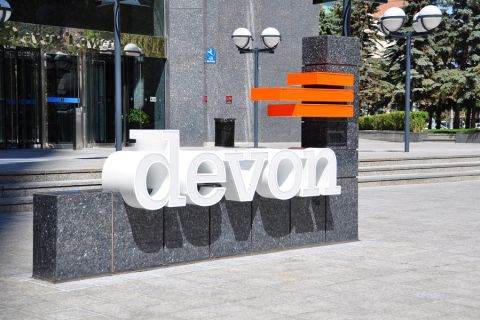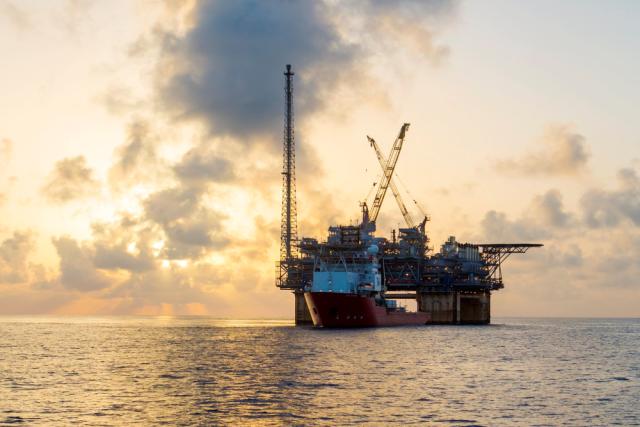
The Manuel development is tied into the BP-operated Na Kika platform in the U.S. Gulf of Mexico. (Source: BP)
BP has cranked up production from the Manuel subsea development in the U.S. Gulf of Mexico (GoM), pushing the company closer to its goal of adding 900,000 boe/d of production from new projects this year.
Located in Mississippi Canyon Block 520, the two-well development is tied into the BP-operated Na Kika platform in 6,625 ft of water via a single riser and flowline. Manuel, the outcome of the successful infrastructure-led exploration opportunity trend enveloping the offshore sector in the GoM, is expected to produce at peak an average of about 20,000 boe/d.
BP is a 50:50 partner with Royal Dutch Shell on the deepwater project.
“Manuel is exactly the type of high-value project that is critical to growing our business here in the Gulf of Mexico,” Starlee Sykes, senior vice president Gulf of Mexico and Canada for BP, said in a statement. “bp’s focused and resilient hydrocarbons business is a key pillar of our strategy. This start-up is another example of our team’s commitment to safe and reliable operations.”
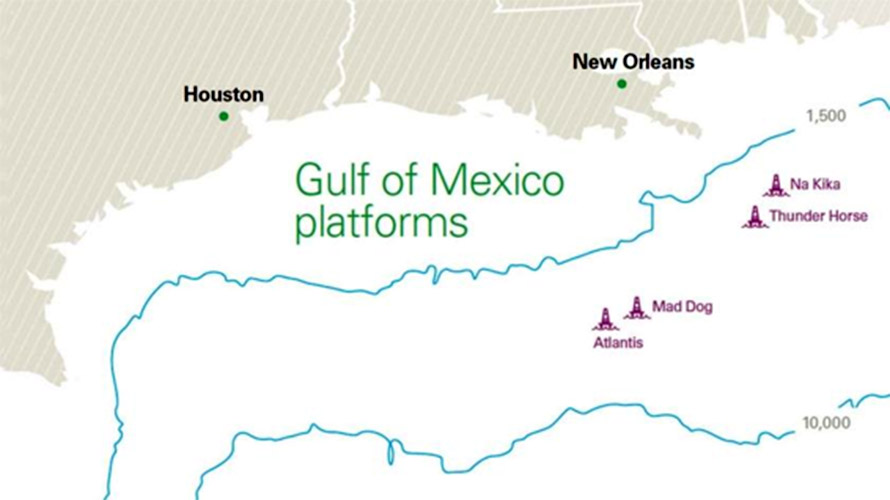
The Manuel development is the fourth of five major projects BP planned for production startup this year. Others include West Nile Delta-Raven offshore Egypt and the Block KG D6 Satellite Cluster offshore India, both natural gas projects, along with the Zinia Phase 2 deepwater oil development offshore Angola and the Thunder Horse South Expansion Phase 2 deepwater oil project in the GoM.
The push toward 2021 first oil for the developments comes as BP continues pursuit of so-called “resilient hydrocarbons” while building up its renewables and low-carbon business that includes offshore wind and solar. Energy players have said the world still needs and will need oil for decades.
BP, which will not seek exploration opportunities in countries where it does not already have upstream activities, aims to reduce production by 40% within 10 years. It is also aiming to grow its annual low-carbon investment 10-fold to about $5 billion per year.
By 2030, the company is aiming the achieve the reduction of emissions from its operations by 30%-35%, emissions associated with carbon in its upstream oil and gas production by 35%-40% and the carbon intensity of products sold by more than 15% 2030.
“The safe production of resilient hydrocarbons in the basins we know best is core to advancing our strategy to transform into an integrated energy company,” said Ewan Drummond, senior vice president of projects, production and operations for BP.
BP said it plans to grow production in the U.S. GoM to more than 400,000 boe/d by the mid-2020s.
Speaking to Reuters on June 22, BP CEO Bernard Looney said the company will still produce hydrocarbons, taking advantage of higher oil prices, amid its shift to low-carbon energy. Oil prices have bounced back from pandemic-era lows to surpass $75/bbl in recent days, helping to fund burgeoning renewable energy projects for some traditional oil companies.
“There’s a very strong possibility that these prices will sustain over the coming years, and if they do, that’s very good for our strategy,” Looney told Reuters.
When delivering its first-quarter results in April, BP said it expects to generate surplus cash flow above an oil price of about $45/bbl with an average refining market margin of about $13/bbl and $3 per MMBtu Henry Hub during the second half of the year.
Recommended Reading
DXP Enterprises Buys Water Service Company Kappe Associates
2024-02-06 - DXP Enterprise’s purchase of Kappe, a water and wastewater company, adds scale to DXP’s national water management profile.
ARM Energy Sells Minority Stake in Natgas Marketer to Tokyo Gas
2024-02-06 - Tokyo Gas America Ltd. purchased a stake in the new firm, ARM Energy Trading LLC, one of the largest private physical gas marketers in North America.
California Resources Corp., Aera Energy to Combine in $2.1B Merger
2024-02-07 - The announced combination between California Resources and Aera Energy comes one year after Exxon and Shell closed the sale of Aera to a German asset manager for $4 billion.
DNO Acquires Arran Field Stake, Continuing North Sea Expansion
2024-02-06 - DNO will pay $70 million for Arran Field interests held by ONE-Dyas, and up to $5 million in contingency payments if certain operational targets are met.
Report: Devon Energy Targeting Bakken E&P Enerplus for Acquisition
2024-02-08 - The acquisition of Enerplus by Devon would more than double the company’s third-quarter 2023 Williston Basin production.



